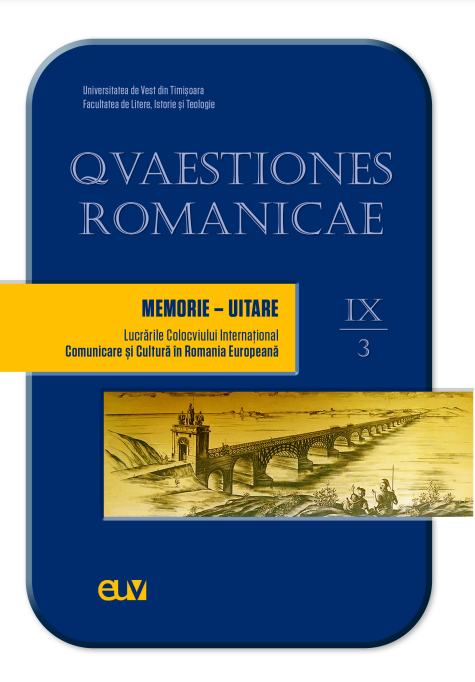Valențe sociolingvistice ale discursului culinar din cărțile românești pentru gospodine
Sociolinguistic Dimensions of the Culinary Discourse in Romanian Books for Housewives
Author(s): Luminița Drugă, Nadia Nicoleta MorărașuSubject(s): Anthropology, Cultural history, Ethnohistory, Sociolinguistics
Published by: Universitatea de Vest din Timişoara
Keywords: culinary; speech; gastronomic; housewives; intertext;
Summary/Abstract: Perceived as a phenomenon of mass culture, permanently interdependent with history, food is an object of investigation in various fields: cultural and linguistic semiotics, social semiotics, as well as sociolinguistics. Considered to be the "humble literature" of civilisations, books on and about food, including books for housewives, remain a source of unusual histories, of the history of mentalities and of the structure of domestic ideology. Culinary discourse provides temporal indicators of manners, hierarchy, and social relationships. Due to the Romanian paradox (Alexandrescu 1998), the culinary field developed very differently from other European countries, not only in terms of appearance, but also with regard to the target audience. Thus, while in France, the first cookbook dates back to the 14th century, in the Romanian space, cookbooks were published as late as the 19th century. Being intended, almost exclusively, for domestic cuisine, not for professionals, the first Romanian cookbooks combined gastronomic elements with advice on household management. The work undertaken by M. Kogălniceanu and Negruzzi in publishing in the 1846 volume 200 rețete cercate de bucate, prăjituri și alte trebi gospodărești [200 tried recipes for dishes, cakes and other household chores] shows the genuine concern of the "representatives of a cultural and social elite" (Marinescu 2014), as indicated by the inscription on the cover page: "Printed at the expense and care of a society of lovers of the advancement and brilliance of the Romanian nation." The present research brings to attention a book printed in 1899 in Bucharest, discovered during some field research within the FOODie project1, in Bîrgăoani village, Neamț county. The title, Higiena, administrația casnică coprindend orticultura și avicultura precum și bucătăria practică și modernă lucrate conform necesităței simțite în menaj [Hygiene, home administration covering horticulture and poultry farming as well as practical and modern cuisine made according to the needs felt in the household], reflects the concern with taste education, combining practical and modern components. Following the model of the time, the book whose author is Anna Căpitan Constantinescu, contains a preface in which the prescriptive-didactic component and the need to adapt to the unfavorable socio- economic context are explained. Beyond the intrinsic, documentary value of the text, the copy found is of interest from the perspective of its intertextuality, which gives it qualities of palimpsest, as a result of a male owner’s passion for cooking. By combining the sociolinguistic perspective with the cultural one, we aim to identify the specifics of the culinary discourse as inferred from the design of the text in the context of the era in which it was popularised.
Journal: Quaestiones Romanicae
- Issue Year: IX/2022
- Issue No: 3
- Page Range: 378-391
- Page Count: 14
- Language: Romanian

